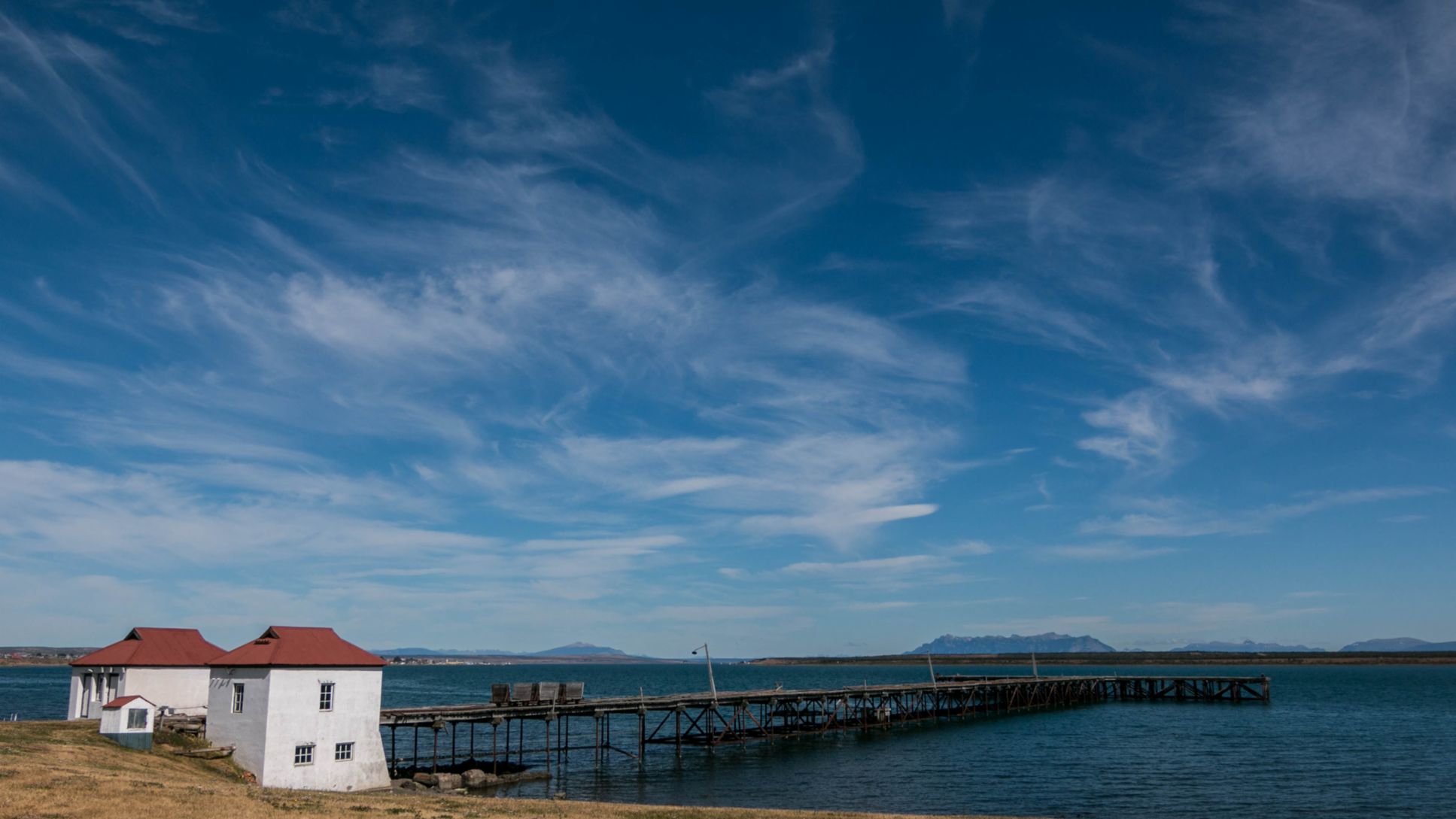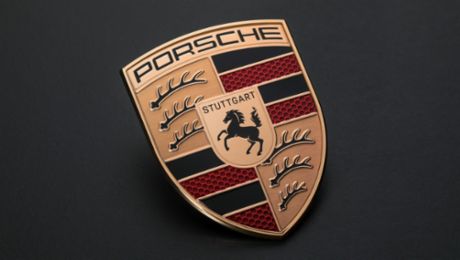Mylodon
The mylodon was first described in 1840 by Victorian explorer Richard Owen using fossil samples recovered by Charles Darwin. The mylodon was a ground sloth measuring between three and four metres in length, presumed to have lived in the Upper Pleistocene period around 12,000 years ago. Found across Patagonia, it had a thick coat of long, coarse fur, adapted for the glacial conditions of the period.
The Cueva del Milodón Natural Monument, at the foot of the Cerro Benitez mountain, is a 200-metre-long cave in which, in 1895, German explorer Hermann Eberhard discovered the apparently fresh skin of what was later determined to be a mylodon.
Estancia Rio Penitente
Estancia Río Penitente was established in 1891 with the arrival of Alexander Morrison and his wife Hellen McCall. The Scottish couple were among the many Europeans who migrated to the Magallanes region to begin sheep farming on its huge, open plains.
The estancia, or ranch, has since been passed down through five generations with many of its original buildings still perfectly preserved, including the manor house and shearing shed. One of the first ranches in Patagonia, the main house now offers accommodation for travellers keen to experience an authentic taste of 19th Century Patagonia.
Puerto Natales
Puerto Natales sprung up in the province of Ultima Esperanza, or Last Hope, so named by the 16th Century sailor Juan Ladrillero who was trying, and failing, to find the opening to the Strait of Magellan.
Situated on the Seńoret Channel, the city of Puerto Natales was first settled in the late 19th Century by German and British migrants but grew rapidly over the next two decades with a large influx of Chilean workers. A bustling port for the sheep farming industry, it was formally recognised by the government in 1922 and today is the gateway to the Torres del Paine National Park.
The Singular Hotel
The Singular Patagonia was built originally as a slaughterhouse for the sheep farming industry so predominant in the Magallanes region throughout the late 19th and 20th centuries. Abandoned in the 1990s, it was bought by a descendant of one the founders and declared a national monument in 1996. Converted into a luxury hotel shortly afterwards, The Singular’s remarkable heritage and enviable location on the water’s edge near Puerto Natales make it the perfect refuge for adventurers accessing the nearby Torres del Paine National Park and anyone looking for a unique refuge on the edge of the world.
Torres del Paine National Park
One of the most famous and frequented parts of Patagonia, the Torres del Paine is an 1,800 km2 national park situated between Chile’s subpolar forests and the desert steppes of neighbouring Argentina. It takes its name from the three distinctive granite peaks that form part of the Paine Massif, reaching 2,500 m above sea level. But within the park’s boundaries, a quarter of a million visitors each year also experience glaciers, rich river valleys and lakes vividly coloured by rock flour. Glacial melt has recently revealed the perfectly preserved skeletons of some 46 ichthyosaurs – dolphin-like mammals that lived between the Triassic and Cretaceous periods and became extinct 90 million years ago.
Carrera Panamericana
Porsche enjoys a long history of intrepid road-tripping on central and southern America’s long and remote road network. One of the very first international races to be won by the marque was the Carrera Panamericana, from which the Panamera takes its name. Amid the success of the Mille Miglia and Targa Florio during the 1950s, the 3,000 km distance and inherent dangers of the Carrera Panamericana began to attract European sports car manufacturers keen to earn a foothold in the Americas. Porsche won its class on the event in 1953 and 1954, finishing third and fourth overall in the latter year with Hans Herrmann driving the diminutive 550 Spyder. The works driver covered the total race distance of 3,070 km at a scarcely credible average speed of 157.12km/h and Porsche adopted the Carrera moniker for its sports cars in honour of Herrmann’s remarkable achievement.

